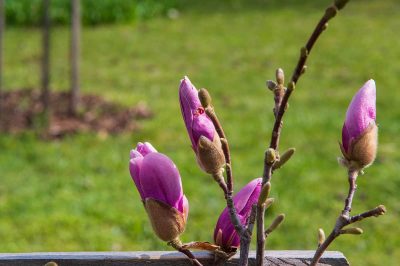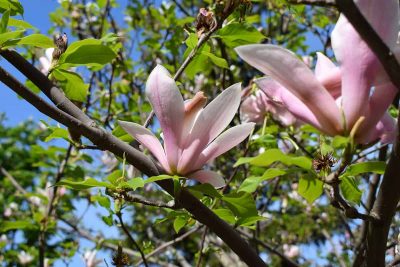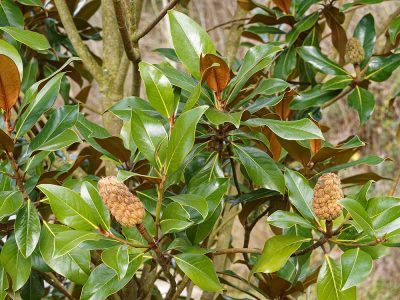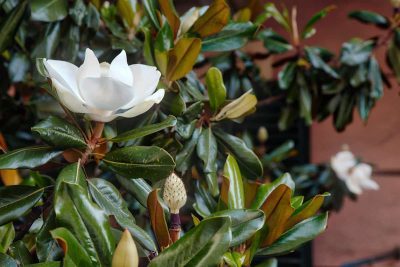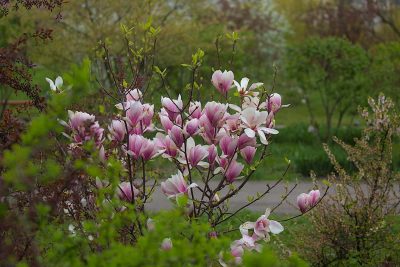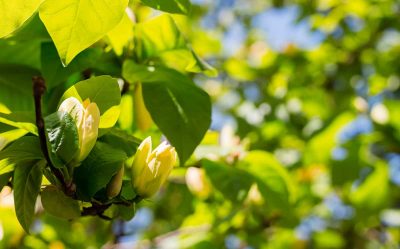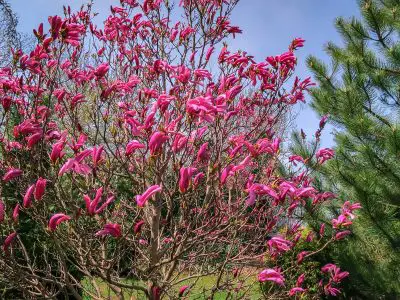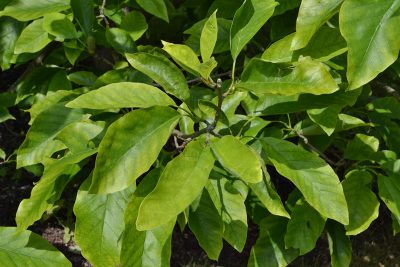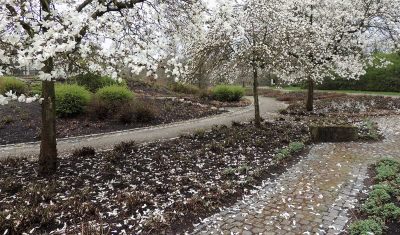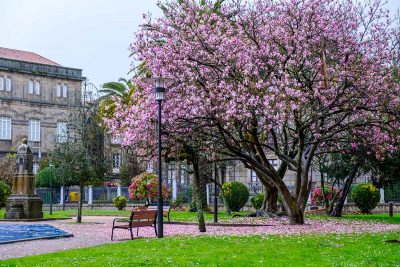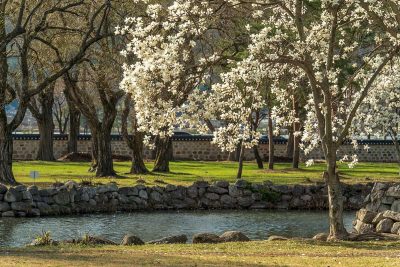The Magnolia liliiflora is more commonly known as the Lily Magnolia, because the flowers resemble lilies. This is one of the more compact varieties of magnolia, growing to an average height of between 8 and 12 feet, making it an ideal choice for growing in a container or in small gardens. It can be grown as a medium to large shrub, or a small tree, but will need the same care regardless of its form.
Magnolia trees are best known for the large, beautiful white flowers they produce, but if you’re looking to add a little more color to your landscape, there are a lot of magnolia varieties which bloom in shades of pink. Here we look at some of the most popular pink flowering varieties of magnolia tree.
Magnolia trees are magnificent specimens, with glossy green leaves and an abundant display of flowers produced each spring. If the foliage on your magnolia tree is turning brown then it could be a completely natural part of the tree’s life cycle, or it could be cause for concern.
The Little Gem Magnolia is a classic beauty, with thick white flowers and glossy dark green foliage, it is a dwarf variety of the iconic Southern Magnolia. It works well as an alternative to the Southern Magnolia for more compact gardens, either as a specimen tree or grown in a row to create a privacy border.
Magnolia trees are renowned for being early bloomers, and they are often among the first plants to flower in a spring garden. If you are looking to add some early color to your landscape, magnolia trees are a great choice, though not all varieties of magnolia will bloom early.
The Yellow Bird Magnolia can be grown as a very large shrub or a small to medium-sized tree. It grows in a pyramidal or conical shape, and is deciduous. Flowers bloom in late spring as the fresh foliage is just starting to unfurl on the previously bare branches. A profusion of blooms covers the tree, in a delicate lemon-yellow color.
When most of us think of magnolias, we imagine the huge trees with stunning white, waxy blooms that are iconic in the southern United States. Fortunately for those of us with more compact backyards and gardens, there are a number of dwarf magnolia species that will not exceed 15 feet at maturity.
The cucumber tree takes up a lot of space and so is rarely planted in home gardens, and is more commonly seen in parklands or in open spaces such as golf courses. If you are fortunate enough to be growing a Cucumber Tree Magnolia, you can find out all about how to care for it here.
Magnolia trees are not known for their fast growth, and in fact many species of magnolia are considered to be slow growing. If you are looking for a tree which will quickly shoot up and give your garden a mature look, then magnolias may not be the best fit. Magnolia trees can require patience but they are an investment that really pays off in beauty, when they bloom profusely with an array of giant flowers.
Here we look at a number of plants that go well with both deciduous and evergreen magnolia trees.
The life expectancy of a magnolia tree will largely depend on the care it receives since improper conditions will lead to the untimely decline of this plant.
Magnolia trees are loved for the stunning flowers they produce, which are typically cream or white but can also come in shades of pink and purple. These trees belong to the Magnoliaceae, with the Magnolia genus comprising over 200 different species. Here we look at 15 of the most popular types of Magnolia trees from around the world.
